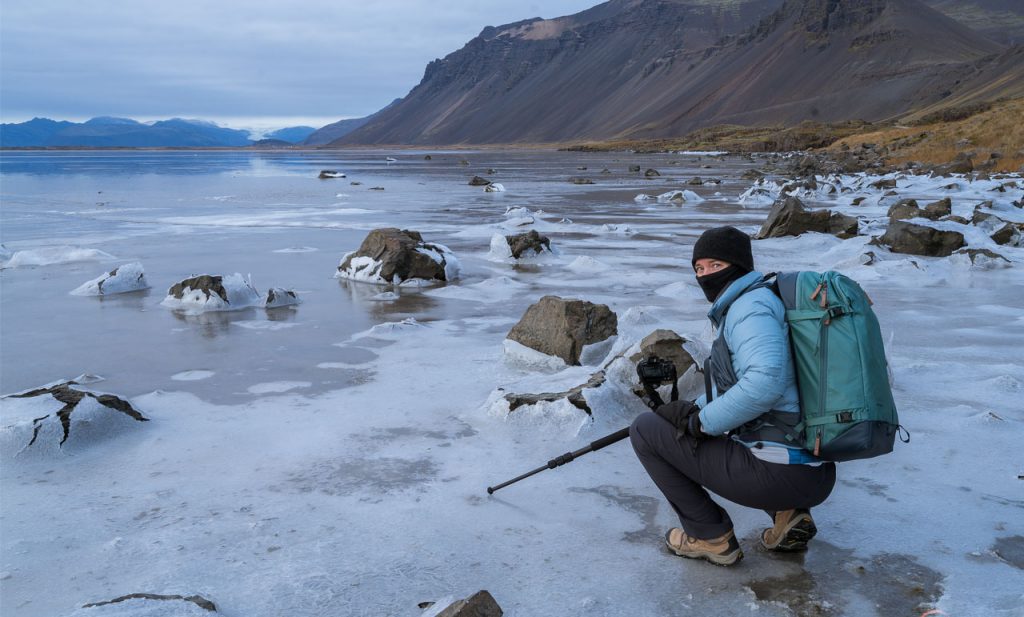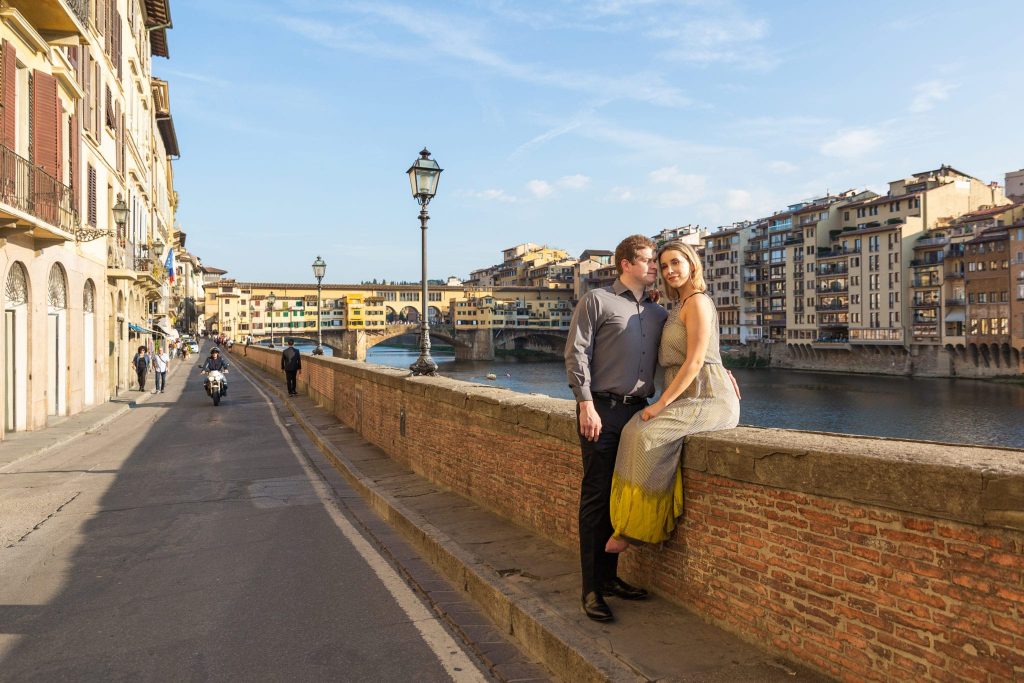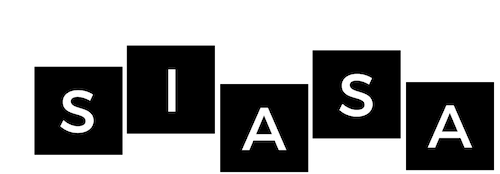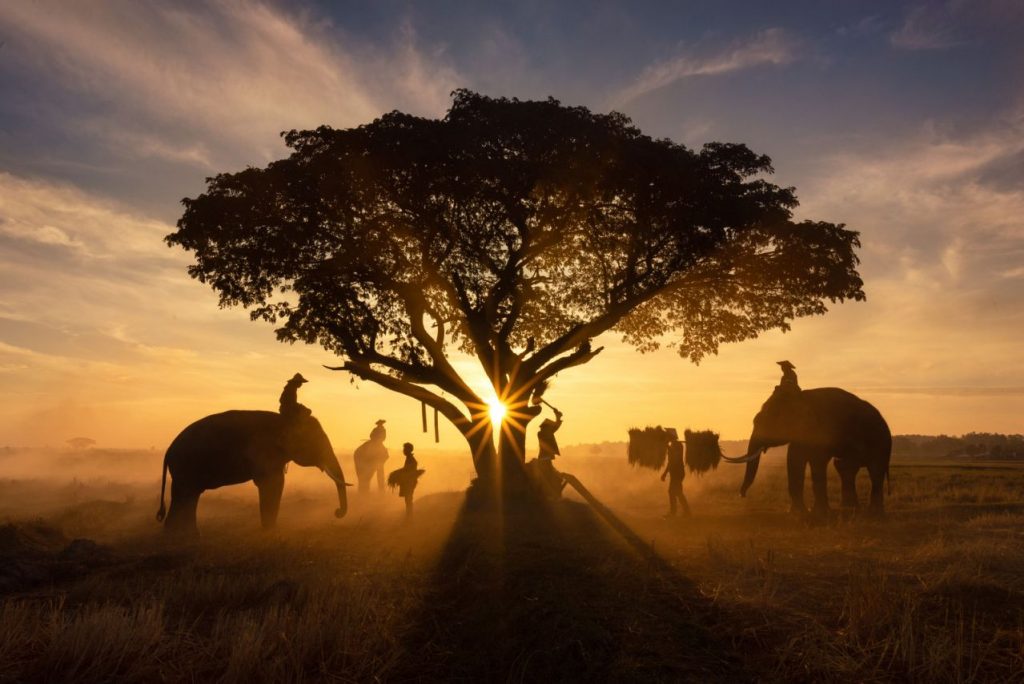Many people around the world love to take photos-including myself. I love being able to go out and capture a moment in time that many will never be able to capture again. Photography is an art form, and since it is so, it can be difficult to get good looking photos. There are many quick fixes, though, that can make your dull, drab photos POP and turn into beautiful shots that strike emotion in their onlookers. But of course, hiring professional headshots Naples FL among other photography services will surely bring big differences.
The first thing you need to know about taking better photos involves the camera. Your camera does not matter. You don’t need to get the biggest, most expensive camera to take good photos’ some award winning shots were taken on Holga film cameras which retail for about $25 new! In fact, if you have lackluster skills in photography, even the best camera will produce dull shots. I use a little point and shoot camera (Kodak v1253), and while I would like an expensive dSLR camera, what I have now suits me just fine. It is more important to know your camera and its features than it is to have an expensive camera. Know the menus, where different settings are and all that fun stuff. It will make you quicker when you are out on a shoot, so you never miss that one great shot.

Now that you are all set with your camera, let’s get into all that mumbo-jumbo you see on the screen. One thing you will most likely see is resolution or quality. This is a measure of how high of a quality your pictures are. You should set your quality to the highest possible so that you have more to work with during post processing. Another setting on almost all cameras is the white balance. This setting has to do with what kind of light you shoot in. Different light sources cast different colors of light, so the camera makes up for this by overlaying the opposite color that it being cast onto your entire picture. For instance: a tungsten light bulb casts a very yellow light, so in pictures, this can cause the whites to look more yellow than white; the camera overlays a blue to fix this yellowing. The next setting you should care about is ISO. ISO doesn’t mean anything, but it refers to the sensitivity of the imaging sensor to light. The higher the ISO, the more sensitive the sensor is to light and vice versa. The higher the ISO, the darker the setting you will be able to shoot in. This is a double edged sword though, because higher ISOs also pick up stray photons that make your image very grainy. The opposite is true for low ISO settings: the pictures are smooth and often without any graininess. It is recommended that you use the lowest ISO that your camera offers, unless you are in extreme darkness. Now set your camera, and let’s go out and shoot!
When you find an object you want to photograph, make sure you compose your shot. Composition is how the items in your photo fit together. The most common ‘rule’ of composition is the rule of thirds. Imagine there is a three by three tic-tac-toe board laying on top of your LCD or viewfinder-whatever it is you use to view your shot prior to shooting. Now you should place any interesting objects at one of the four intersections you get between the lines. This will insure that there is a balance about your photo, and this rule alone will improve your shots. Another compositional trick is to look for lines in your photo. Use any visible lines around you to lead the eye to the main subject. This will make the image easier to look at, and it will force viewers to focus on the main subject. Now you have your shot, let’s run back to the house (or the car, I don’t judge) and get those babies on the computer and prepared for editing!
Post-processing is often what makes or breaks a photo now that we are in the age of digital photography, and this makes it very important. The very first thing you should do once you have your pictures uploaded onto your computer is go through them. Pick any that you find good and trash the rest, or you could save them, but what’s the point in keeping bad images clogging your computer’s memory? Don’t be discouraged if you only have one or two photos that you really like: that is normal. I have gone out and shot hundreds of photos only to come back with four or five that I really like. It doesn’t mean you are a bad photographer; it means the opposite. If you only show your best to others, they will think that those kind of pictures are your norm, and who doesn’t want people to think they are awesome? Okay, so now that you have three or four awesome shots, load up your favorite image editing program. There are tons of these out there, but my favorite, as well as many others, is Photoshop (I use Photoshop CS4). Now just experiment. You should always boost contrast and correct the exposure, but other than that, there is no sure fire method to editing your photos. do what you think looks good, and throw out what you don’t like. When you’re done with this step, you’re finished! You should now have a few awesome pictures. Share them with your friends, sell their prints on eBay, print copies for yourself, do whatever you want, and be proud. Happy photographing!

You may also like
-
How To Attract More Patients And Grow Your Practice? Let’s Check Out The Marketing Tips!
-
Backyard Pool Safety Tips – Prevents from injuries and damage to health
-
Here Are Four Platinum Safety Tips For Senior Travelers Who Are Traveling Alone
-
Specialists- Hydraulic And Pneumatic Systems
-
Sports Figures in 2020 Working With

